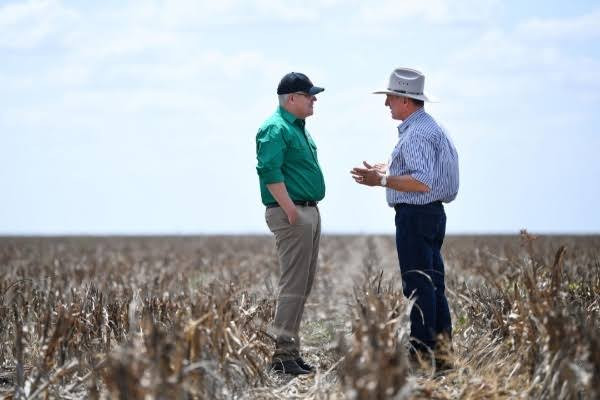Proving to be the worst drought to happen in Australia in over half a century, it has already terribly affected the country's output of agricultural products that threatens the disruption of global markets that depend on the nation's imports.
The shortage in Australia's wheat supply already affected Indonesia's noodle-making industry.
The Australian Financial Review reports that flour mills in Indonesia went back to get their supply from Argentina and the Black Sea nations.
This move was not received well by customers because wheat from these countries produces a darker color.
To get around this, Indonesian noodle makers had started using chemical additives and a bleaching agent which raised food safety concerns.
Just last month, Australia's Department of Agriculture was on track in producing 33.8 million tons of grain of 12 varieties for the fiscal year ending in June 2020.
The department has also stated that the expected volume of wheat was16% lower from the 10-year average through the last fiscal year because the growing conditions for wheat are not favorable in South Wales and Queensland.
This also impeded Australia's livestock exports like beef or mutton dropping to 14% during the year ending in June 2020.
The nation's central bank, Reserve Bank of Australia, said estimate earnings of farmers were 24% lower in the first quarter of 2019 than the second quarter of 2018.
Farmers' earnings were affected by the high costs of feed and water because of the drought.
The large part of Australia is expected to have drier-than-average conditions, bringing about more weakness in the rural sector's activities in the coming quarters.
The US Department of Agriculture puts Australia wheat exports to be about 9.8 million tons during 2018-2019.
The exported wheat from Down Under accounts roughly for 5% of global exports.
Because Australia's farming contributes 3% to its gross domestic product, if the drought continues longer, it will put a big dent in the nation's economy.
Bushfires, which usually happen in December in New South Wales, is also another threat.
Just this year alone, over 100 bushfires had occurred in News South Wales and Queensland.
The state-run Bushfire and Natural Hazard Cooperative Research Centre said that the drought had brought about the early bushfires.
Drought in Australia started as early as 2017 with a drier than average year.
In 2018, rainfall was very low.
As early as August 2018, New South Wales was declared 100% in drought.
Other parts of Australia had been declared "water deficient."
Australia's Bureau of Meteorology announced that drier and warmer than average conditions will continue at least until the end of 2019.






